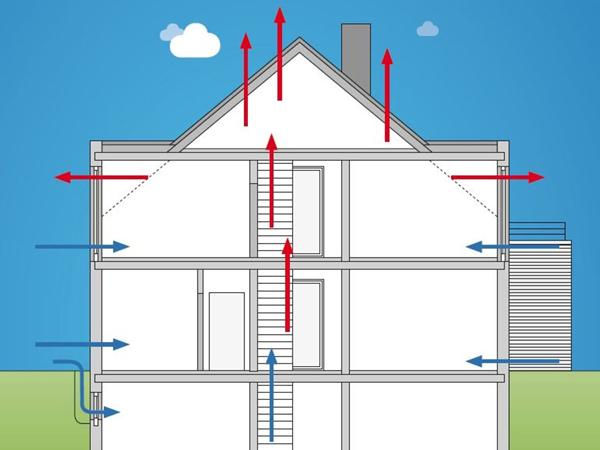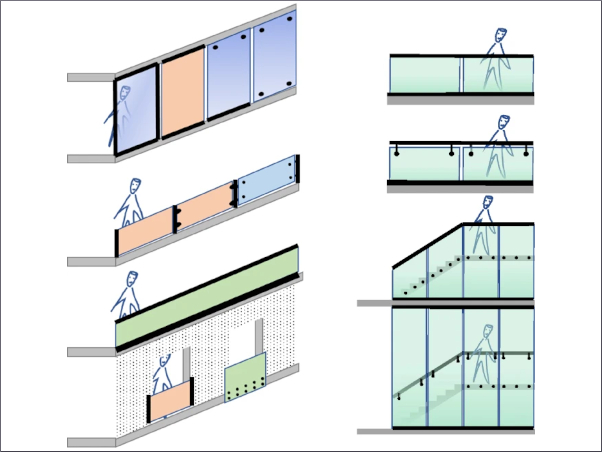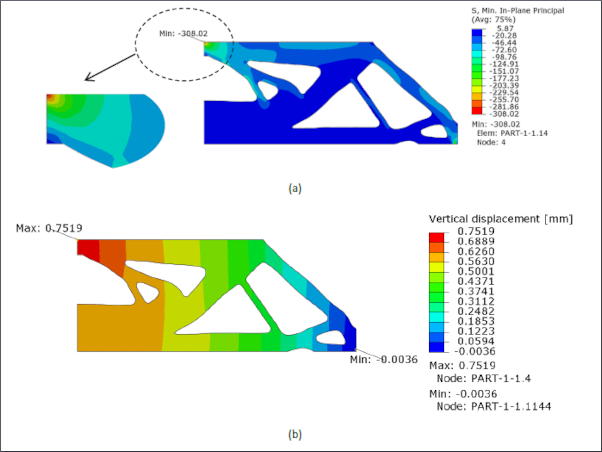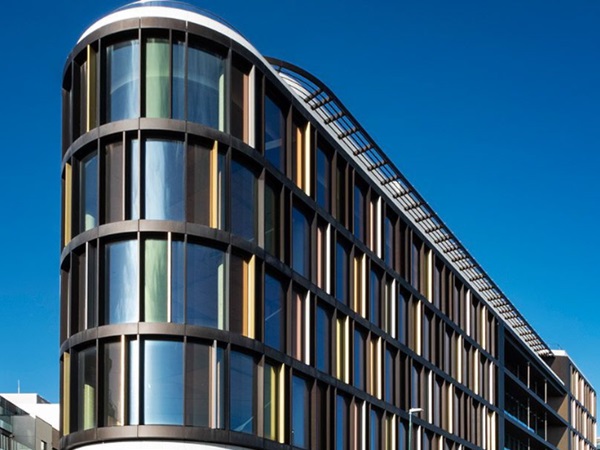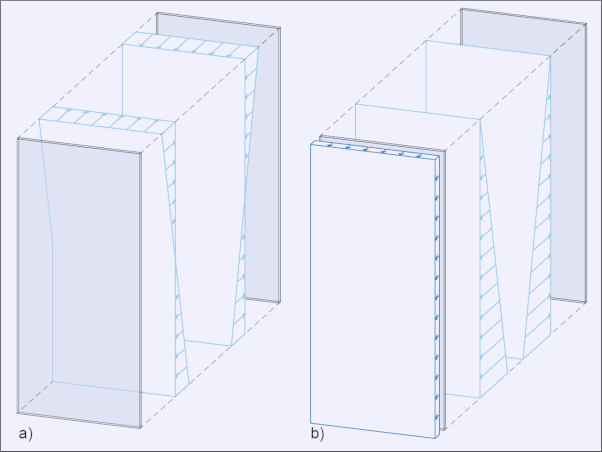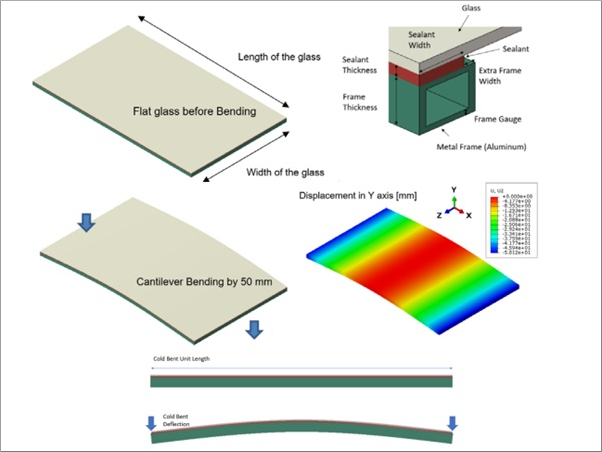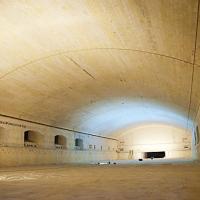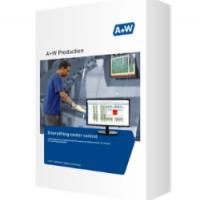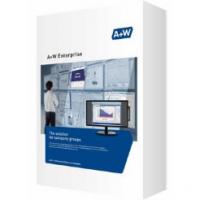Defying the elements – façade and window sealing
The building envelope forms the interface between the interior and the exterior of the building and is therefore subjected to constant internal and external strain.
It should have a positive impact on the energy management of the building and also serves as a physical barrier, both from a climatic and visual point of view.
Barely any other building component has seen so much change over the course of the centuries as the façade. Whereas its initial function was simply to protect the building from the weather, today's façades must fulfil a catalogue of requirements.
The façade provides protection from wind, rain, heat and noise from the outside. From the inside, it has a significant impact on the well-being of the building's occupants and increases the comfort of the interior space. The façade of the building is also frequently used as a means of representation and as an element of the building's design.
Gap-free, air-tight façade- and window sealing plays a central role in every building: it prevents structural damage, saves energy and provides a pleasant indoor climate.
In these times, when saving energy is a key discussion point, façade and window sealing is more pertinent than ever before.
What is façade sealing?
Sealing the building envelope against moisture and the effects of the weather on the structure of the building is a complex area: the construction of the building is decisive in planning the structural joints.
The sealing system deployed is always dependent on the façade and the internal factors of the building. Glass- and system façades, natural stone façades, concrete façades, brick façades, mixed-material façades and more: different materials pose very different challenges when creating a gap-free seal for a façade.
The solutions are just as individual as the challenges themselves. Adhesives and sealants are used just as frequently as sealing tapes and membranes. When sealing a façade, sealing the joints is a particularly vital aspect.
Joint sealing tapes such as illbruck TP600 illmod 600 provide durable seals for connecting joints which are resistant to weathering and driving rain while still allowing vapour diffusion.
Window sealing – a special case
Window sealing is an important discipline within façade sealing. The point at which the window frame meets the wall is particularly prone to leakage.
But leaky internal window connecting joints can cause damp air to penetrate into the joint area and condense: this will result in moisture damage and mould formation.
When sealing windows, the most diverse wall structures, constructions and numerous structural conditions interact with one another. With the right techniques and correctly applied products, a durable and reliable seal can be created in these circumstances too.
The solution-based approach for air-tight window sealing can be summed up using the 3-layer model: the inner seal is airtight, the mid-section provides thermal and noise insulation and the external seal is resistant to driving rain and more open to vapour diffusion than inside.
Modular window sealing using the i3-System
The best results in sealing are achieved when all three layers of the seal are tailored to one another. The well-known illbruck i3 window sealing system includes numerous components for every sealing layer.
The products, which can be mixed and matched, can be used in a modular fashion depending on the individual installation situation and are equally suitable for use for single-leaf walls, external thermal insulation composite systems (ETICS), wooden frame constructions and double-leaf walls.
The system, which consists of high-quality, innovative products delivering a customised service, offers quality solutions for every window sealing scenario.
Advantages of façade and window sealing
- Structural damage caused by moisture and mould is avoided
- The quality of the living environment is improved thanks to an optimal room climate
- Energy is conserved thanks to the air-tight façades of the building envelope and window joints
- Gap-free noise insulation and absorption are provided
tremco illbruck, a competent partner
Each building site is unique, that's why we at tremco illbruck rely on flexible systems. With an understanding of the specifics of the building structure, far-sighted planning and the right construction products for the job, even the complex task of sealing the façades and windows is effortless.
Services and consultancy for façade and window sealing
Our commitment to innovation isn't restricted to the products alone. We offer our customers and business partners tailored support, with numerous programmes and services.
The "joint planning team" offers detailed planning services with 3D drawings, isothermal calculations and thermographies, documentation and on-site inductions for installers.

